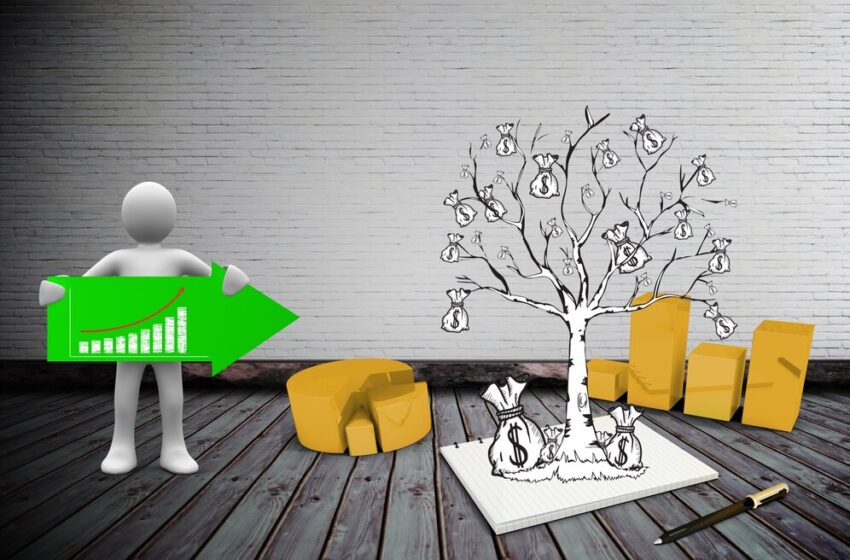An Introduction to Behavioral Economics and Its Business Implications

Behavioral economics challenges the traditional economic theory that assumes humans are rational actors, revealing the complex interplay between human psychology and economic decision-making. This article delves into the foundational principles of behavioral economics and explores its profound implications for businesses across industries.
Defining Behavioral Economics
Behavioral economics integrates insights from psychology into economic theory to better understand decision-making processes. It examines how various cognitive biases, emotional responses, and social factors influence the choices individuals make, often leading to irrational but predictable behaviors. By understanding these patterns, businesses can more effectively anticipate consumer behavior and optimize their strategies accordingly.
Core Concepts in Behavioral Economics
Heuristics – Heuristics are mental shortcuts or rules of thumb that simplify decision-making. While they can be efficient, they often lead to systematic biases or errors. For example, the “availability heuristic” can cause people to overestimate the importance of information that is readily available to them.
Loss Aversion – This principle posits that people experience the pain of losing more intensely than the pleasure of gaining. Loss aversion can influence consumer behavior and investment decisions, where the fear of loss leads to conservative choices or the reluctance to let go of a failing venture.
Nudge Theory – Developed by Richard Thaler and Cass Sunstein, the nudge theory suggests that positive reinforcement and indirect suggestions can influence behavior and decision-making. Businesses can apply this by subtly steering customers towards desirable actions without restricting their freedom to choose.
Behavioral Economics in Marketing
Applying behavioral economics in marketing allows companies to design more effective campaigns and product offerings. For example, by understanding that consumers often prefer avoiding losses over acquiring equivalent gains, businesses can frame their marketing messages to highlight the benefits of not missing out on a product or service rather than just its outright purchase benefits.
Behavioral Economics in Product Design
Product design can also benefit from behavioral insights. Products that are easier to use and align with habitual behaviors tend to be more successful. For instance, default settings that subscribe users to newsletters or renew services can leverage the status quo bias, where people tend to stick with the default option laid out for them.
Strategic Decision-Making
Leaders can use behavioral economics to make better organizational decisions. Recognizing one’s own cognitive biases, such as overconfidence or anchoring, can lead to more rational decisions in strategic planning and resource allocation.
Future Directions in Business
As behavioral economics continues to gain traction, its applications are expanding into areas like human resources, where insights into intrinsic motivation can help improve employee engagement and productivity. Financial services are also seeing a shift as firms use behavioral analytics to tailor financial advice and product offerings to individual behavioral profiles.
Conclusion
Behavioral economics offers valuable insights that challenge the conventional wisdom of rational choice theory. By incorporating a deeper understanding of human behavior into their operations, businesses can achieve a competitive edge in understanding and predicting consumer actions. As this field evolves, the integration of behavioral economic principles is likely to become a standard element of strategic planning in any forward-thinking business.
(Nominate Now: Join us to spotlight your achievements! Be part of the elite in the business and finance community. Exciting opportunities await!)






